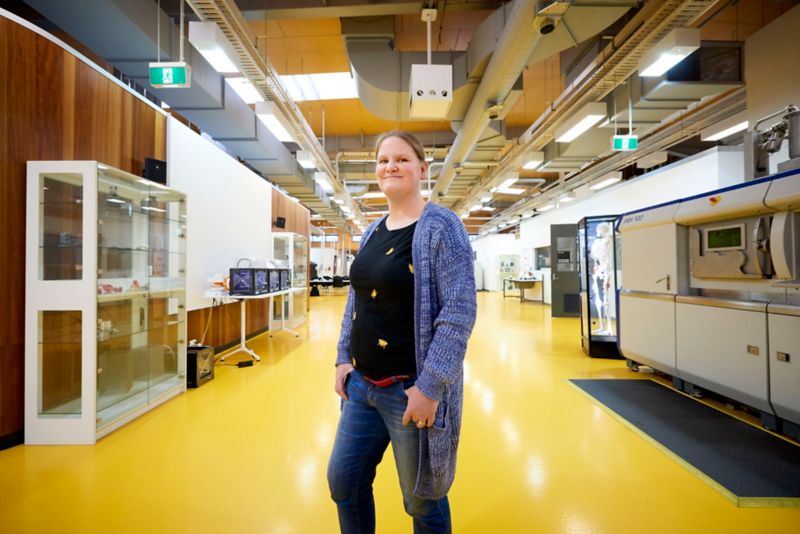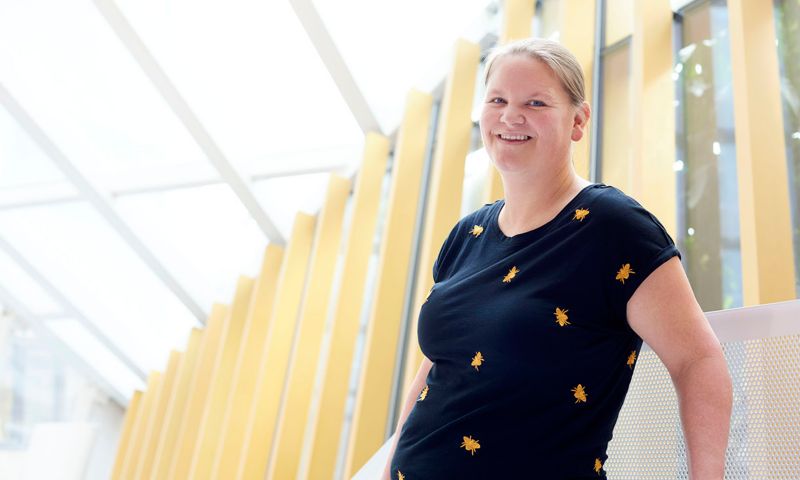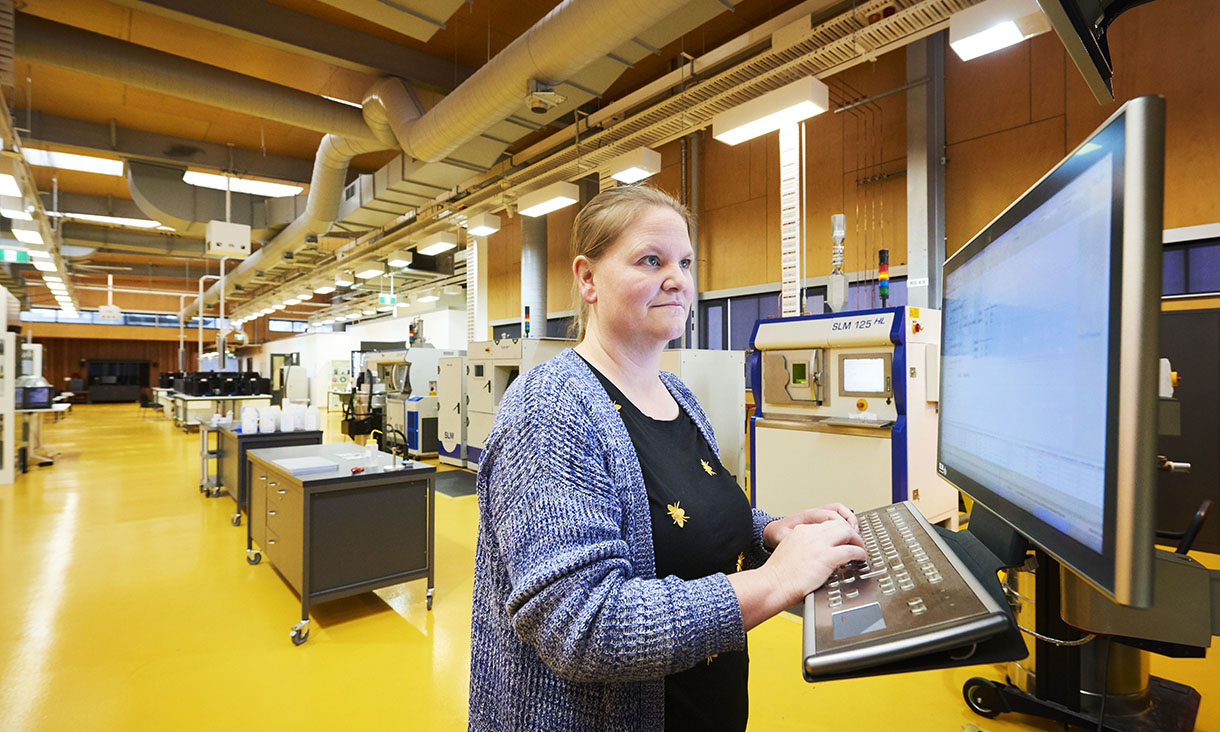Named one of Australia’s most innovative engineers, Associate Professor Kate Fox is passionate about outreach and supporting her students to create technologies that help people.

Kate started her career with a double degree in science and biomedical engineering and a PhD in orthopaedic implants. After five years working as a patent attorney, Kate joined the Bionic Eye Project and moved to Melbourne.
“I think of myself as being very innovative. The most important part of being a researcher and an academic is the desire to find out new things, create novelty and more importantly, have fun.”
Kate says her background as a patent lawyer was important for her career in understanding the implications of research.
“It’s a really good background to have and it’s the reason I got my job on the Bionic Eye Project.” The project focused on research concerning electrical stimulation of retinal tissue."
Kate then brought her research and teaching practice to the School of Electrical and Biomedical Engineering at RMIT.
“Moving to Melbourne, RMIT had a really good reputation,” she said.
“We have great facilities and fantastic technical toys, and we’re really at the intersection between industry and academia.”
Kate’s work uses 3D printing to make new medical implants.


“I think the best technical toy we have here are our 3D printers,” she said.
“We have four metal 3D printers that we can use to print medical implants that go directly into the body, which is a really cool area that not many others have the facilities to do.”
The Most Innovative Engineers 2019 award recognised the technology Kate has developed to produce diamond 3D-printed medical implants.
“Metals are great for printing implants but they’re not particularly compatible with the bone around them. If we can coat them or make them out of diamond, which is a carbon, we’ll make them a bit more like the materials already found in our body.
“We’re looking at ways to 3D print the diamond onto the metal. No one’s done that before.”
Kate is also a Science & Technology Australia 2019/20 Superstar of STEM, a program working to increase the public visibility of women in STEM and change society’s gender assumptions about scientists.
“Teaching at RMIT, I’m exposed to a really bright generation coming forward who are altruistic and keen to create technologies that will help people in the future.
“In biomedical engineering, the whole purpose is to make things that people will use to enhance their lives.”
What’s next for Kate?
“I’m looking at getting my 3D-printed diamond implant technology patented and commercialised, then hopefully picked up by industry.”